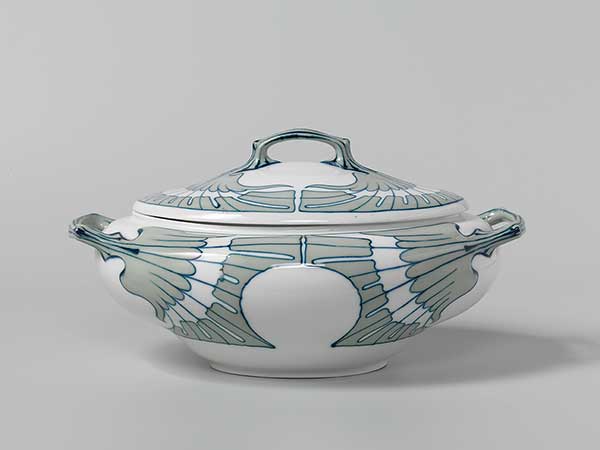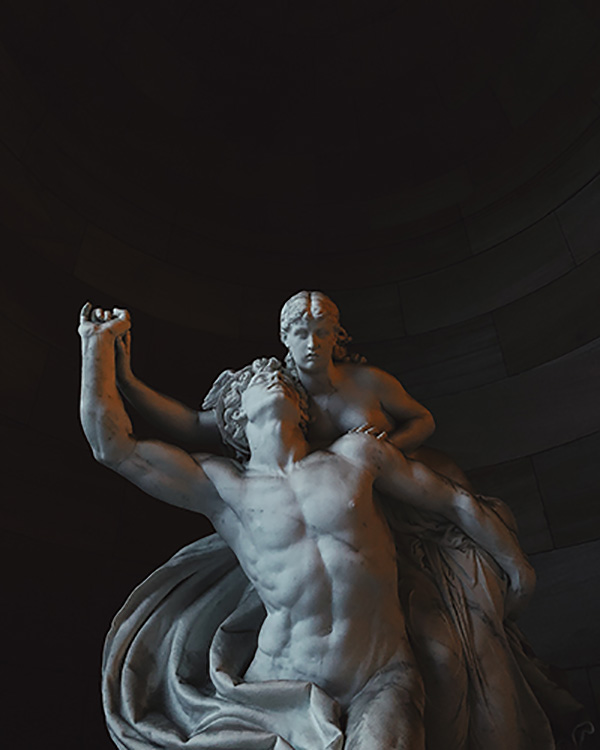
porcelain tableware, With The Flügelmuster Décor
This article is about a beautiful product of porcelain made tableware with the famous Flügelmuster pattern. Marco Polo brought porcelain to Europe and called it Porcellana. It was an Italian word for cowrie shell and an appropriate name for a delicate durable shiny object that seemed worthy as white gold. Europeans became fascinated by Chinese inventions such as porcelain pottery.
Primitive porcelain is the earliest porcelain in China during the Shang Dynasty. The Chinese developed their ancient skills to produce decorated coloured porcelain in the following centuries. The Europeans fell in love with these far east products and made great efforts to imitate the Chinese with the same delicacy and precision. It was a complicated task. Producing this fine-grained translucent material took great patience and expertise. Adding a small amount of the ingredients to its texture had caused cracks and breakage. The unevenness of clay, inconsistent thickness during the model making, and the high glazing temperatures made the process unstable. It wasn’t easy to produce porcelain with the certainty of the expected result.
The decorative style of Art Nouveau that flourished at the turn of the 20th century throughout Europe and the United States represented its fascinating designs in many genres of decorative art, including ceramic design and faience art. The pottery designers shaped dishware and vases with undulating asymmetrical lines influenced by the forms of flower stalks and buds, iris, arums and thistles and created curved porcelain objects based upon the natural shapes and forms. This new approach in art caused visual movement and dynamism in porcelain products and had long-standing popularity among art admirers.
The Flügelmuster Pattern in Porcelain
In 1901 the Meissen porcelain factory crated the Flügelmuster pattern as an Art Nouveau decoration dessin. Quite artistically, the factory began modernizing utility porcelain.
Hans Rudolph Hentschel, one of the designers of Meissen, created a model that became one of the basic patterns of their factory for more than a decade, the Flügelmuster pattern. The motif represented a dynamic ornamental movement of wings and marginal leaves. This dessin was used to decorate the plates, bread rolls, praline bowls and plenty of other tableware products.
Title: Terrine with Lid, painted with the Flügelmuster decor
Production: Porcelain company: Meissen Porcelain Manufactury
Designer: Konrad Hentschel
Material: Porcelain
Location: Meissen
Date: 1901
Measurements: Height 7.3 cm × Width 26.5 cm x Depth 17.6 cm
Collection: The Rijksmuseum
Get more information on this overview page.
Text: Lalerou
© Copyright. All Rights Reserved
- Category: Vintage- Modern Table Settings
Vintage

Vintage